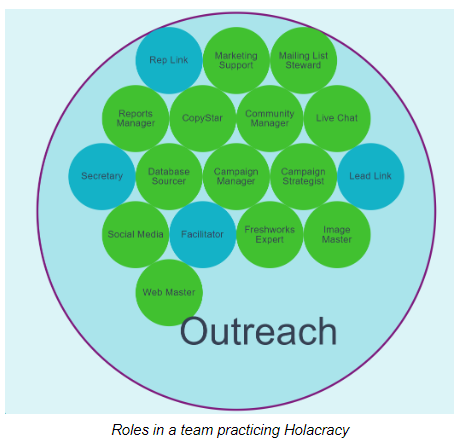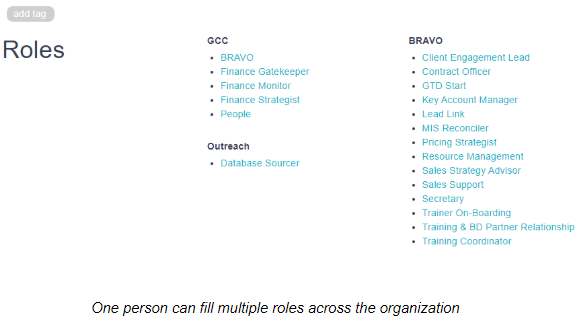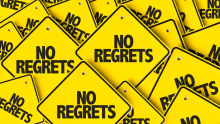Motivation 2.0 - Getting the best out of your team

The traditional model of incentivising performance is broken. Here is the new blueprint to engage your team.
What do you think motivates people at work?
Cash? Bonus? Or some kind of monetary reward?
You’re right. But only to a certain extent.
According to a study conducted by top tier economists with MIT, cash or monetary rewards work well when people are asked to perform mechanical tasks.
These are jobs that do not call for them to use their “human” aspects and run the risk of being outsourced to the next door friendly bot.
But once the complexity of the work to be done involves more right-brain undertakings—those that demand flexible problem-solving, inventiveness, or conceptual understanding—extrinsic rewards don’t work.
Today most work is knowledge work, and somewhat creative. So if vanilla incentives do not produce the desired result, what does?
Motivation 2.0
Research has isolated three distinct factors using which organizations can cultivate the intrinsic motivation of team members and allow each unique individual to fully express their potential.
Daniel Pink’s best selling book Drive identifies them as:
(1) Mastery—the urge to get better and better at something that matters; and
(2) Autonomy—the desire to direct our own lives;
(3) Purpose—the yearning to do what we do in the service of something larger than ourselves.
But how do you go about embedding Mastery, Autonomy, and Purpose in the DNA of your organization?
I’ve been practicing Holacracy in my own organization since 2016, I found this self-management practice, aligns naturally to the new approach of motivation.
Here’s how
Autonomy. Most businesses have managers. On paper, managers are the link between the ground crew and the C suite.
But in today’s fact-pace complex world they become bottlenecks, stifling innovation, making team members felt “watched” and in general eroding the sense of trust and solidarity in the workplace.
True engagement happens when talent is free from the fretters of being managed.
Autonomy in the office translates into the right to fully own work, be accountable of progress (without carrots or obvious sticks) and the ability to choose the path forward in terms of what needs to be done.

In an organization practicing Holacracy, there are no static job descriptions. There are dynamic “roles” energized by people. A role has clear purpose & accountabilities. Once a person fills a role they have the right to do whatever is needed to fulfill its purpose, as long as there is no rule against it. The motto is “You can do anything unless explicitly forbidden to do so”.
Mastery. Why is Wikipedia so passionately (and altruistically) maintained by some of the smartest people on the planet? Why are there so many free stock photo sites where artists give away their work and don’t even want a link back or mention in return? Creative people - individuals who are capable of ideation and innovation - value a sense of getting better at their craft.
They take pride in what they do, and for them, an acknowledgment of their mastery offers a level of gratification that monetary benefits pale against.

Holacracy naturally encourages mastery in individuals. Since there’s no management hierarchy, people can energize multiple roles in different teams. If someone is filling a role in finance, there’s nothing stopping him or her to take up roles which match other skills like photography or graphic design.
By giving freedom to people to choose the roles that best fit their interest, the motivation to work within the role becomes intrincsic.
Purpose. It is a small word. But it injects meaning into what a business does, and by default what team members are working towards.
The most successful brands in the world have always led with purpose. Think Skype. Think Google. Think Apple.

Holacracy enables direct purpose to purpose relationship between the individual and the organization
The Holacracy self-management system does something unique. It replaces “bosses” with the purpose of the company. Roles have their own purpose, which is a reflection of the purpose and vision of the business. Each role holder has the autonomy to take decisions, and thus serves this overarching purpose without being clouded by the biases and judgments of the management.
The secrets to high performance being in the service of something larger than ourselves. By putting purpose at the center of authority in the organization, Holacracy enables a direct purpose to purpose connection between the individual and organization.
Self-management may seem like a big jump for businesses.
But in today’s fast-paced & complex world where most of the workforce are millennials, the benefits of encouraging the human aspects of the workforce through an organized, clear system like Holacracy far outweigh the pain of letting go of hierarchy and incentives that are no longer effective.














